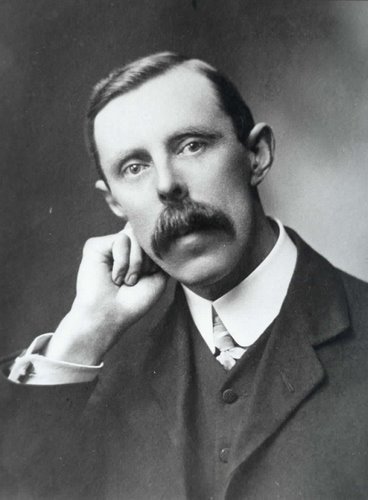 F W Boreham favored the story because it usefully disguises overt religious language, as nature camouflages its seeds. In stories about people doing ordinary, everyday things, Boreham wrapped theological ideas in flesh and blood to engage his readers’ imagination and aid their comprehension. In the telling of human stories, theological ideas descended from remote, other-worldly planes to a down-to-earth level, thus enhancing the potential to evoke liveable experiences in the lives of Boreham’s readers.
F W Boreham favored the story because it usefully disguises overt religious language, as nature camouflages its seeds. In stories about people doing ordinary, everyday things, Boreham wrapped theological ideas in flesh and blood to engage his readers’ imagination and aid their comprehension. In the telling of human stories, theological ideas descended from remote, other-worldly planes to a down-to-earth level, thus enhancing the potential to evoke liveable experiences in the lives of Boreham’s readers.As storytelling theologian Frederick Buechner said, “The Truth that Christianity claims to be true is ultimately to be found … not in the Bible, or the Church, or Theology—the best they can do is point to the Truth—but in our own stories.”[1]
Geoff Pound
Image: “stories usefully disguise overt religious language, as nature camouflages its seeds.”
[1] Frederick Buechner, Whistling in the dark: A doubter’s dictionary (New York: HarperSanFrancisco, 1993), 115.

 F W Boreham’s three primary theological methods of urging connections, seeing something more and sharing stories were shaped by his knowledge that he was writing editorials in a secular medium to an Australian audience. He judged his readers to be wary about religion and resistant to theological discussion that issued from the church and focused on spiritual and other-worldly topics.
F W Boreham’s three primary theological methods of urging connections, seeing something more and sharing stories were shaped by his knowledge that he was writing editorials in a secular medium to an Australian audience. He judged his readers to be wary about religion and resistant to theological discussion that issued from the church and focused on spiritual and other-worldly topics.

